How to Choose The Perfect Pearl Jewelry ( 5 Easy Steps)

So, after much deliberation, you have decided to put money into purchasing pearl jewelry, perhaps for yourself or someone else. However, you might need clarification about how to choose the perfect pearl jewelry. Please do not fret; as a jewelry professional, individuals often ask me this same question.
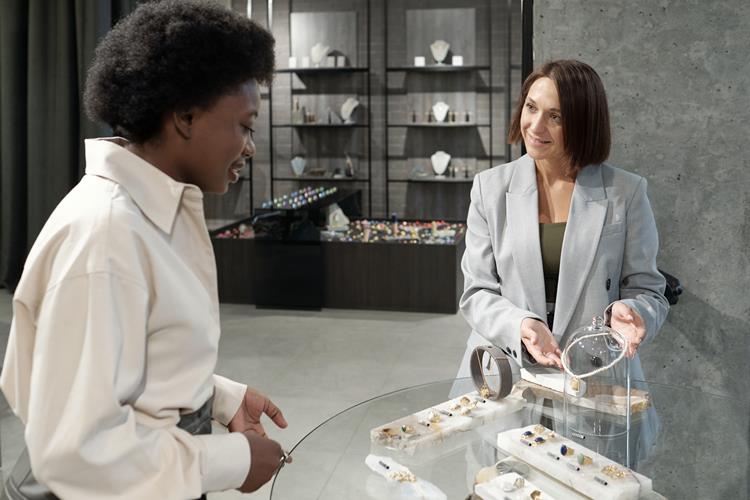
Are there steps involved in choosing the perfect jewelry?
Of course! By sticking faithfully to my five easy steps, you can avoid overpaying or losing the perfect pearl.
Types Of Pearl
There are three major types: the incredibly scarce and highly sought-after natural pearls, the popular and equally sought-after cultured pearls, and the fake and relatively cheap imitation pearls.
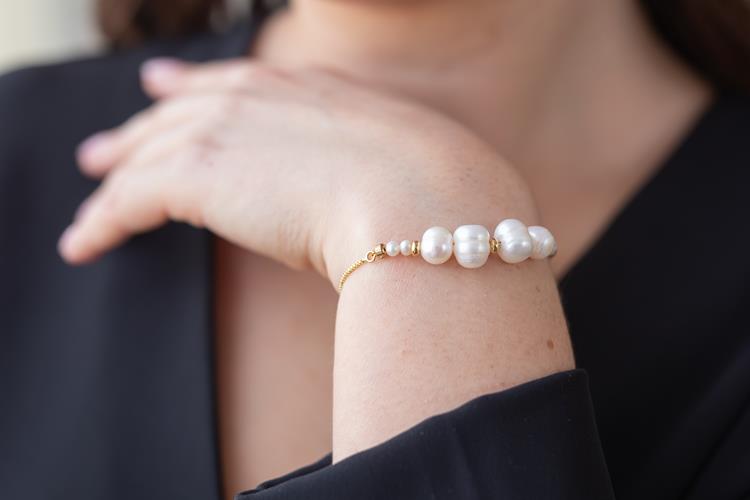
Natural Pearl
Natural pearls are produced when an outer material (irritant), like a piece of rock, gets lodged inside an oyster's shell without human interference. To protect itself from this material, the pearl's nucleus covers the irritant with nacre, which is popularly known as the heart of the pearl. Since this is purely a natural process, natural pearls can take many years and creates just one pearl.

However, natural pearls, incredibly scarce and highly sought after, are primarily found in the Persian Gulf and are native to the Pinctada maxima Saltwater oyster species.
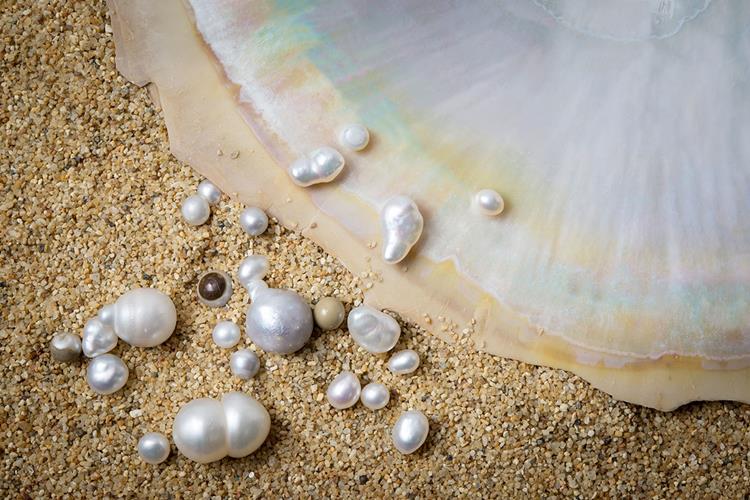
Cultured pearls
Cultured pearls were invented as a necessity after the population of natural pearls began to dwindle. Cultured pearls are REAL ones that can form in any sea condition after an irritant, such as a piece of sand, is introduced into the oyster by a human being. Concentric layers are then produced and formed around the irritant to produce the pearls—the same process as natural ones. Today, the world pearl market is also entirely dominated by cultured pearls.

And cultured pearls are mainly divided into saltwater pearls and freshwater pearls according to the different culture environments.

Saltwater Pearls
Saltwater pearls are simply pearls that have been discovered or cultivated in the sea. Saltwater-cultivated pearls are also known as Akoya, South Sea, or Black Tahiti.
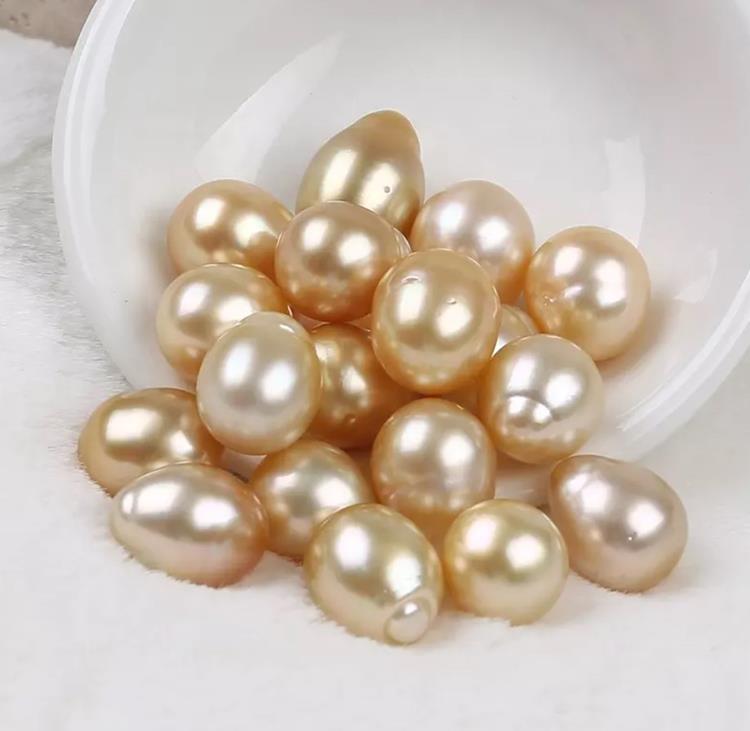
Freshwater pearls
Freshwater pearls are discovered or cultivated in lakes, rivers, and ponds. The vast bulk of these originates in China. Freshwater pearls are often softer and more easily scratched than saltwater pearls; thus, they are less valued.
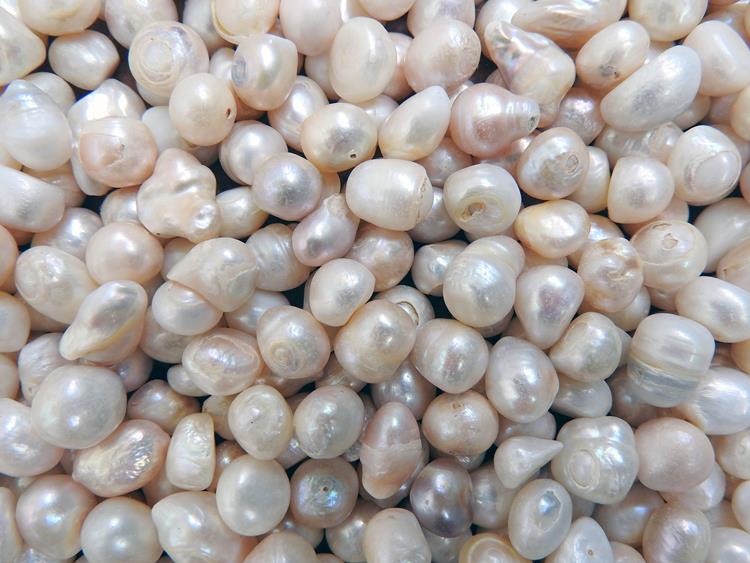
Imitation pearls
Glass or plastic is often used to make imitation pearls. They have virtually little monetary value and are often used in costume jewelry.
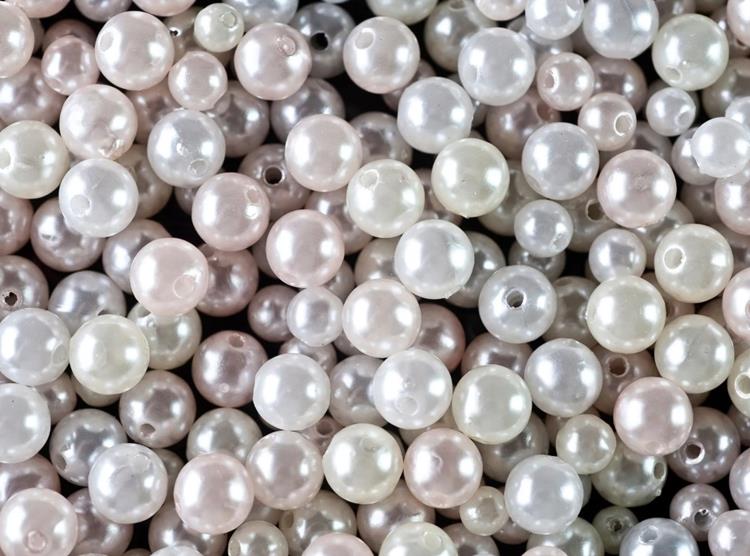
Pearl Quality Factors
Pearls are categorized by their source, then graded by luster, shape, nacre quality, size, color, and surface quality. To get started, here's a short rundown of pearl quality factors:
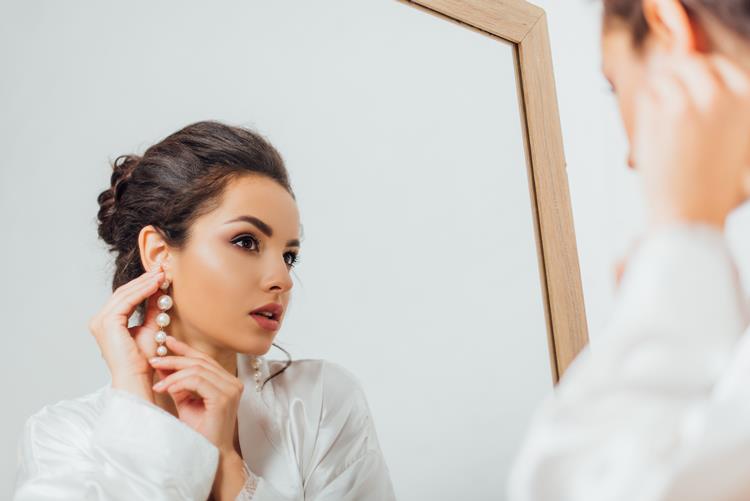
Shape
Pearls exist in various shapes, and these shapes can be round, oval, or baroque. Round pearls, however, are valuable since they're rare to find. Although most pearl buyers favor almost perfect round-shaped jewelry, imperfect baroque and oval-shaped jewelry are now frequently spotted in Luxury jewelry. Despite being "imperfect," irregular pearl shapes can retain their worth through size and luster.
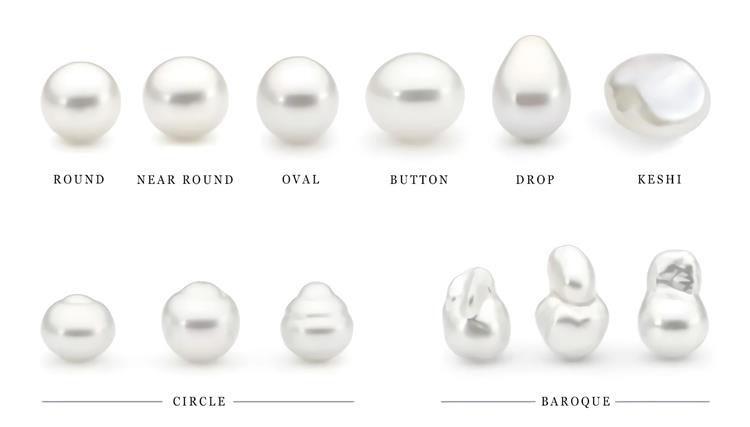
Luster
Luster is regarded as the mirror-like reflection or unique light that originates from the pearl, giving it its beauty and essence. With a mixture of good surface quality and an ingrained radiance, the luster of a high-quality pearl should be radiant, not dampened. Your mirror image should be visible on the surface of a high-quality pearl, and any pearl that appears too dull or pale must be low quality.

Origin
The value of cultivated (farmed) pearls, which dominate the industry today, varies by pearl type: freshwater (least costly), saltwater Akoya (mid-range), black Tahitian (mid-to-high-priced), and South Sea (high-priced). We also consider if the pearl is farmed or natural. Natural pearls, occurring naturally without human intervention, are scarce and attract high prices.
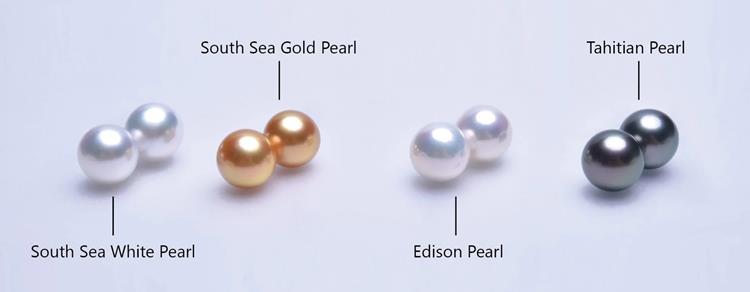
Size
Pearl sizes are measured by their diameter in millimeters; typically, pearls are between 4mm and 14mm. However, the bigger the pearl, the more valuable it gets.

Nacre Quality
Nacre (mother of pearl) is composed of calcium carbonate. The thickness of a pearl's nacre is an essential consideration since it impacts its beauty and lifespan. The mirror-like appearance of the pearl, known as orient, is the expected result of enough layers of mother of pearl.
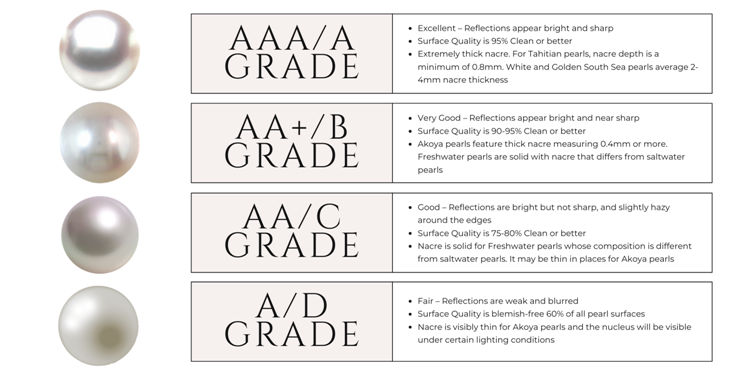
Surface Quality
While spotless and smooth pearl surfaces are desired by many, even the highest quality pearls can be imperfect– these imperfections echo the essence of nature in the culturing process.
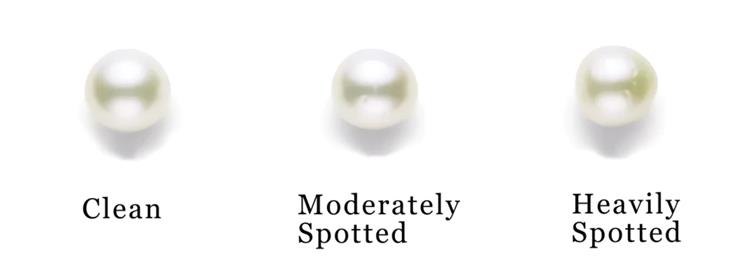
Color
Pearls exist naturally in various colors, but their relative value is a matter of preference. However, silver and white colored pearls happen to fit perfectly on lighter skin tones, while golden-like or cream-colored pearls work best with darker skin tones.
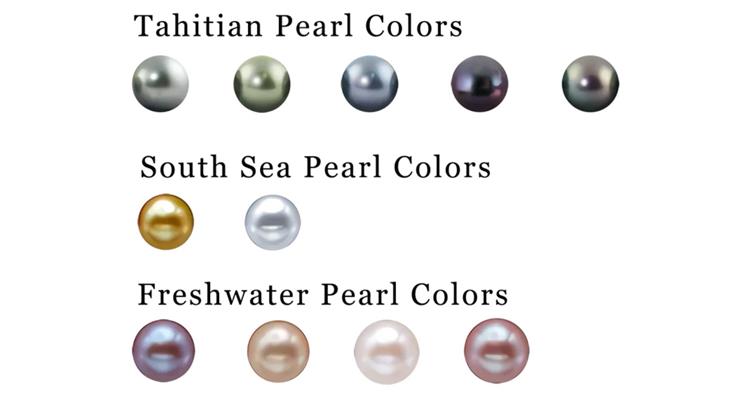
5 Steps to Buying Pearl Jewelry
When choosing the perfect Pearl earrings, rings, or necklaces, you must look at the type, shape, color, size, budget, and so on.
Choosing the perfect type of pearl
You should be aware that there are four primary pearl types to select from: Japanese Akoya, Tahitian, Freshwater, and South Sea Pearls. Each pearl type is unique regarding size, shape, price, and nacre quality.
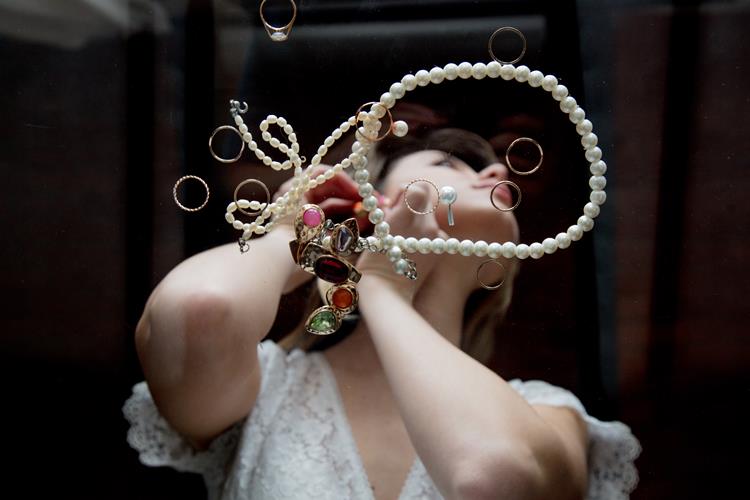
● Akoya pearls: The Akoya pearls are the most popular and highly sought-after in the industry. They may vary from 2 to 9 millimeters in diameter and are perfectly spherical, white, and highly lustrous.
● Tahitian pearls are rare, exotic, and the only naturally existing black pearls. These saltwater oysters may grow as big as a dinner plate, producing pearls ranging from 8 to 18 mm. Tahitian pearls are also available in various hues, ranging from silver to deep black, with hints of green, blue, and peacock.
● Freshwater pearls: These are from China and come in various hues, shapes, and sizes. They may be found in natural pastel colors of pink, lavender, and peach and are often colored brighter. They may measure up to 15 millimeters in length.
● South Sea pearls are the biggest on the market and are farmed along Australia's northern coast. They range in size from 9 to 15 millimeters and are available in gold and white. They feature the thickest covering of nacre of any pearl, giving them a more silky appearance than other pearl varieties.
Choosing the perfect pearl size
Next, you must decide if you prefer larger pearls for outdoor events or smaller pearls that you can adorn regularly. Pearls are measured in millimeters, usually ranging from 5 to 16mm, and sometimes even to 20mm. However, the most popular size range from 7mm to 8mm.
Also, Freshwater pearls average the smallest size, followed by the Japanese Akoya, which are a bit bigger. South Sea pearls are, on average, the largest pearl sizes, while the Tahitian pearls are the second largest. Keep in mind the bigger the pearls, the more expensive it gets.
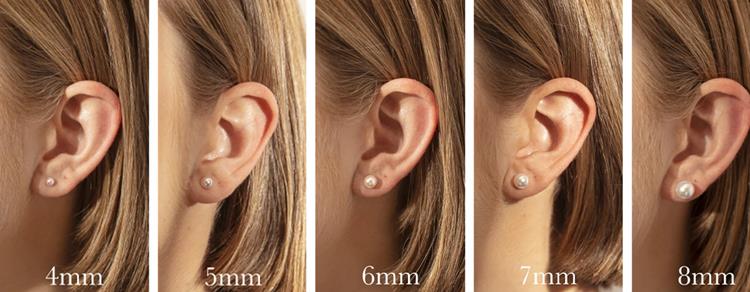
Freshwater - 4 to 14mm
Akoya - 2 to 10mm
Tahitian - 9 to 14mm
South Sea - 8 to 20mm
Choosing the perfect shape
A perfectly round pearl is spectacular. But it's very scarce. Because cultured pearls are produced in living oysters and are subject to nature's unpredictable desires, it makes it challenging to discover a valuable perfect round pearl. While many like the perfect spheres of traditional pearl jewelry, baroque pearls (those with an irregular form) are becoming more popular in fine jewelry. Freshwater pearls from freshwater sources such as lakes and rivers are

Paying attention to your budget
Like every gemstone on the market, each pearl type has its pricing range. Also, pearl prices have increased exponentially with every extra millimeter in size. For instance, the price disparity between a 6.0-6.5mm Akoya pearl necklace and a 10-10.5mm size is pretty significant. Rarity also plays a role in determining the price of pearl jewelry. For example, larger pearls need much more time and resources to culture, inadvertently making them valuable and rare.

Go to the right vendor.
Choosing the proper vendor should consider pearl origin, quality, pricing, and, most importantly, good Customer Service. While Mikimoto carries excellent quality pearls, a little research may save you a lot of money by avoiding the hefty premiums charged by luxury companies without losing quality.
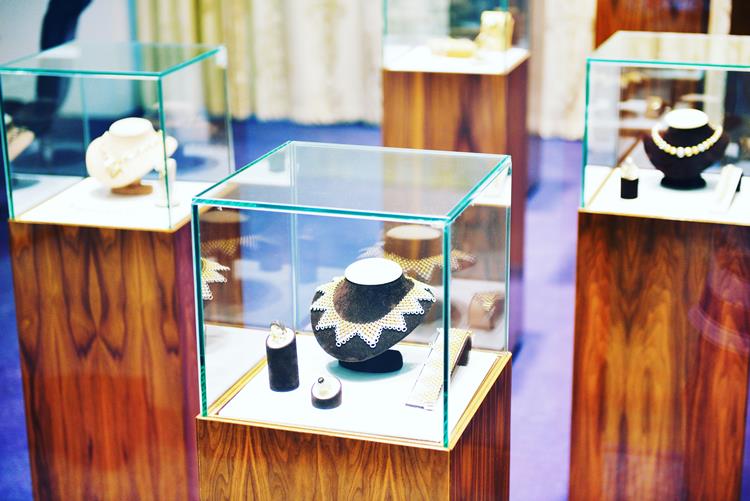
On the other hand, purchasing only on price without understanding what you're getting can be risky. Taking a chance on an unknown foreign seller might also result in you paying too much for a necklace of fake pearls with no means to return them.
How can I tell if a pearl is real? Is it Genuine or Not?
The Tooth test
Another simple approach to determine the genuineness of pearls is to do what is known as the tooth test. Gently rub the pearl lightly down the surface of your tooth. If the pearls are genuine, they will have a grittiness comparable to sandpaper. Or, to put it another way, there will be a lot of friction. If the pearls are fake, they will feel smooth, similar to plastic or glass.
Weight test
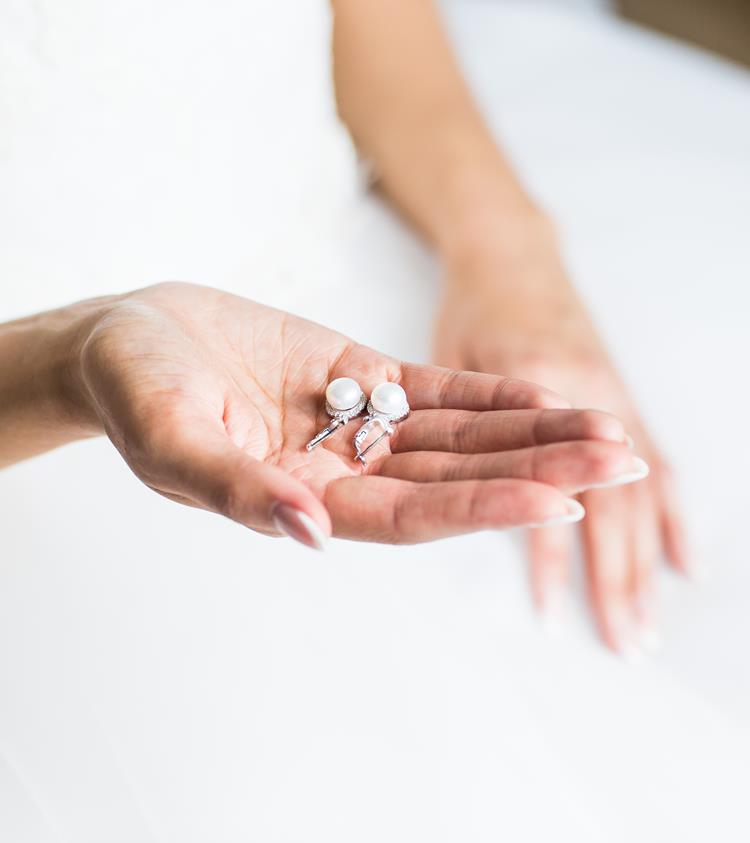
This technique is less reliable than the others, but you should still consider it. Given their size, most genuine pearls are rather weighty. Fake ones will seem lightweight and insubstantial, mainly if constructed of plastic. Although this is not the most reliable means of establishing authenticity, it does provide an idea. Examine the weight against pearls you know are genuine and compare the results.
Do the light test
Genuine pearls seem to shine and reflect more light. Hold your pearl necklace to light and observe whether each pearl reflects the light with its iridescent shine to determine if it passes this test. If they do, you're probably looking at a genuine pearl strand. Synthetic pearls, on the other hand, are sparkling but not reflecting.
Complementary Tip On How To Take Care Of Your Pearls
Pearls are hands down gorgeous and adaptable; you can adorn them every time if you so wish. However, pearls need special maintenance to survive a lifetime of use.
Wear them properly

To prevent contact with harmful body care products, ensure you put them on last and take them off first.
Gentle cleaning
After wearing your pearls, wipe them clean with a gentle towel. Also, you can deep clean them regularly using gentle soap and water.
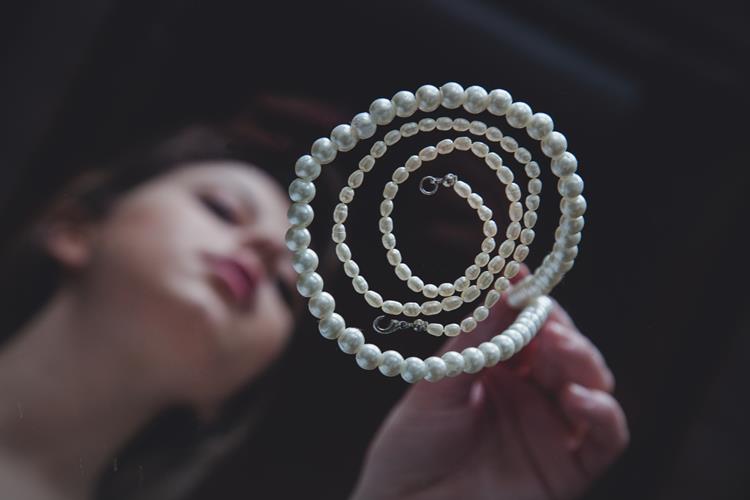
Proper storage
To avoid scratches and other blemishes, ensure you store your pearls in a soft storage bag away from other materials that can scratch them.
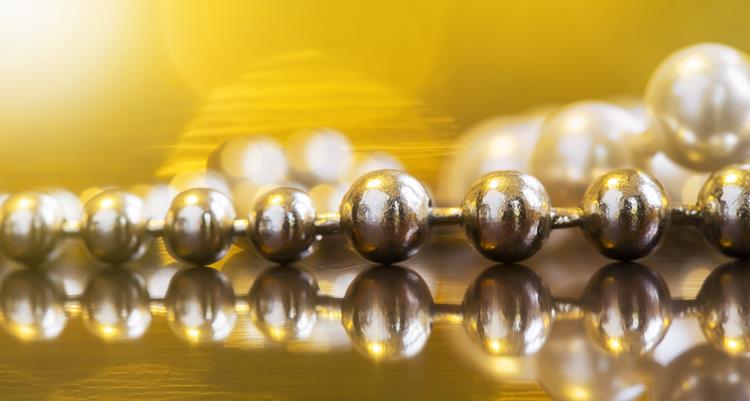
Expert services
You can also employ the services of expert pearl cleaning and repair services.

Final thoughts
Purchasing pearl jewelry can seem straightforward. But before making such a purchase, you should consider the abovementioned steps and carefully research your options.
Once you decide to shop for pearl jewelry, ensure you know what you like and understand what makes a pearl real and fake. Finally, take your time buying pearl jewelry, especially if the price is well below market level.


Leave a Comment